Getting a settlement offer in a personal injury case can be a big step forward, but it’s not the finish line. In Montana, several necessary steps remain before your case wraps up the personal injury settlement process. Knowing what comes next helps you make wise choices, avoid delays, and stay on track with protecting your health, money, and future.
Step-by-Step Breakdown of the Personal Injury Settlement Process
You will face a few key choices once the insurance company or opposing party extends a settlement offer. Here’s what typically happens:
Evaluate the Offer
Your attorney will review the offer alongside your documented damages—medical bills, lost income, and pain and suffering. This personal injury claim evaluation helps determine whether the proposed amount fairly compensates you, supports a strong foundation for accepting or countering the offer with a justified response, and how personal injury settlements are paid out.
Negotiate If Necessary
Most first settlement offers come in low. Your lawyer might push back with a counteroffer and a detailed demand letter. This part of the negotiation process can take a few rounds before both sides land on a number that reflects what the case is worth.
Agree on Settlement Terms
After agreeing on a dollar settlement amount, the next step is finalizing the settlement agreement terms. These outline the payment method, timeline, and release of future liability, officially closing the door on any additional claims related to the incident.
Sign the Release
You’ll have to sign a release of all claims to get your settlement money. This legal form officially ends your ability to ask for more money related to the accident. It makes the agreement final for both sides.
Disbursement of settlement funds
Once the release is signed, the insurance company issues the settlement check. Your attorney will handle deductions for legal fees and any outstanding liens, such as unpaid medical bills, before distributing the remaining balance of your compensation directly to you.
Each step is critical in finalizing your personal injury claim and securing the compensation you have agreed to.
How Long Does the Settlement Process Take?
How long a personal injury case takes depends on how complicated things are and how quickly both sides can agree. Even after accepting an offer, receiving your money can take a few weeks.
Factors That Can Affect Timing:
Several factors make a difference in how long negotiations take.
- Lien Negotiations: If your healthcare provider placed a lien on your settlement, your attorney must resolve it before funds are released.
- Insurance Company Processing: Receiving a check can take 2 to 6 weeks after signing the release.
- Bank Holds: Once your attorney receives the check, it must clear through the bank before you get your share.
While this part of the injury compensation process might feel slow, it is vital to get each detail right. Rushing can lead to problems later.
Do All Injury Claims End in Settlement?

When a Case Might Go to Court:
Your attorney might advise that you take your case to court if there are:
- Disputes Over Liability and Damages: If the insurance company denies fault or lowballs your losses.
- Bad Faith Negotiations: If the other party delays or refuses to negotiate fairly.
- Unclear Long-Term Prognosis: If you are still receiving treatment, it may be too early to assess the full impact.
When this happens, your attorney may recommend moving forward with litigation. This does not mean your case will go all the way to trial. Often, settlement discussions continue during the litigation process.
Role of Your Attorney
Your attorney plays a crucial role in every stage of the injury lawsuit settlement steps—protecting your rights, preventing costly mistakes, gathering evidence, drafting the demand letter, negotiating terms, and managing lien disbursement. They also help you fully understand what you are agreeing to, mainly when settlement agreements include clauses that may prevent you from discussing the case publicly or pursuing additional claims. Clarity on every term before signing is essential.
An experienced personal injury attorney can decide between settling on solid terms and walking away with unanswered questions or unpaid losses.
Finalizing Your Personal Injury Claim
Once you accept a settlement offer, you face critical decisions, detailed paperwork, and final steps that can impact your recovery and future. Every detail counts, from reviewing the release to ensuring the terms work in your favor.
If you’ve been offered a settlement or want guidance through the personal injury settlement process in Montana, Travis & Brann, PLLP is here to help. Visit our personal injury services, contact us online, or call (406) 752-7550 to speak with a lawyer from our firm today. Don’t try to figure it out alone.
